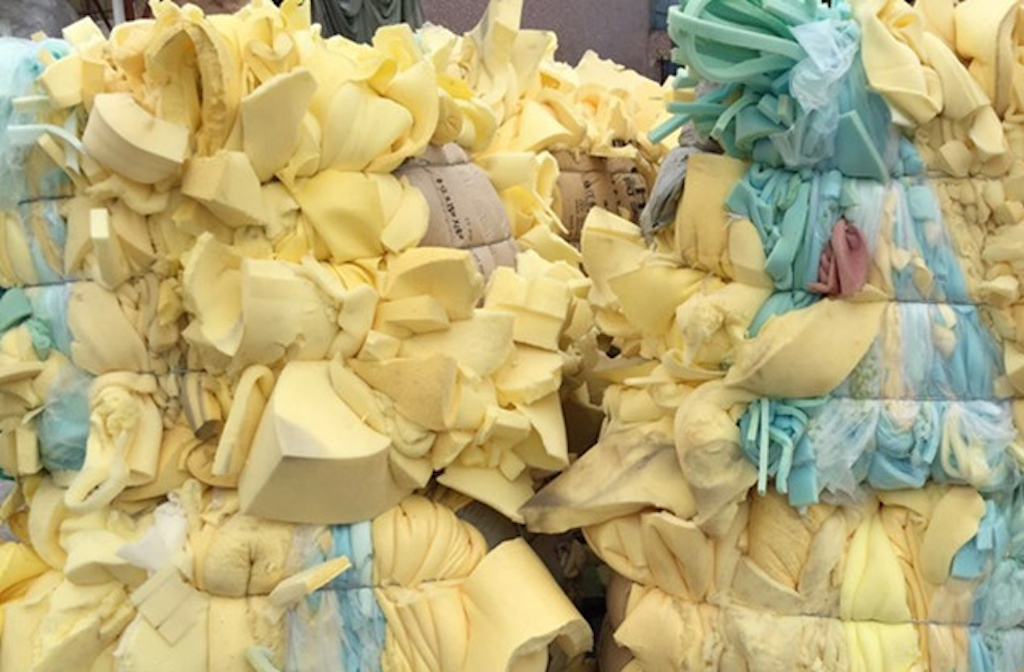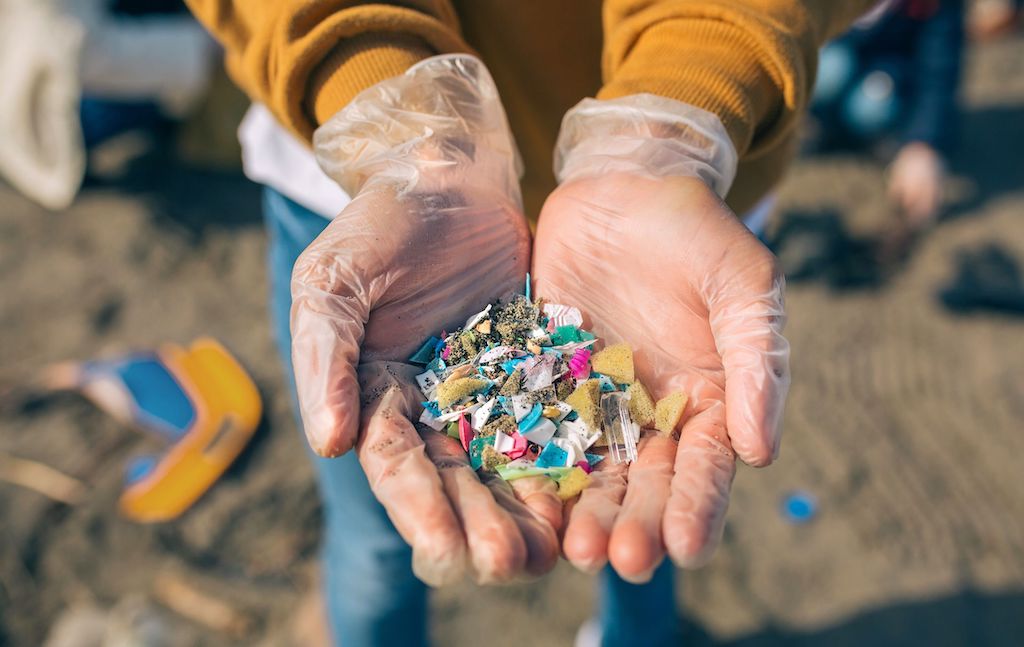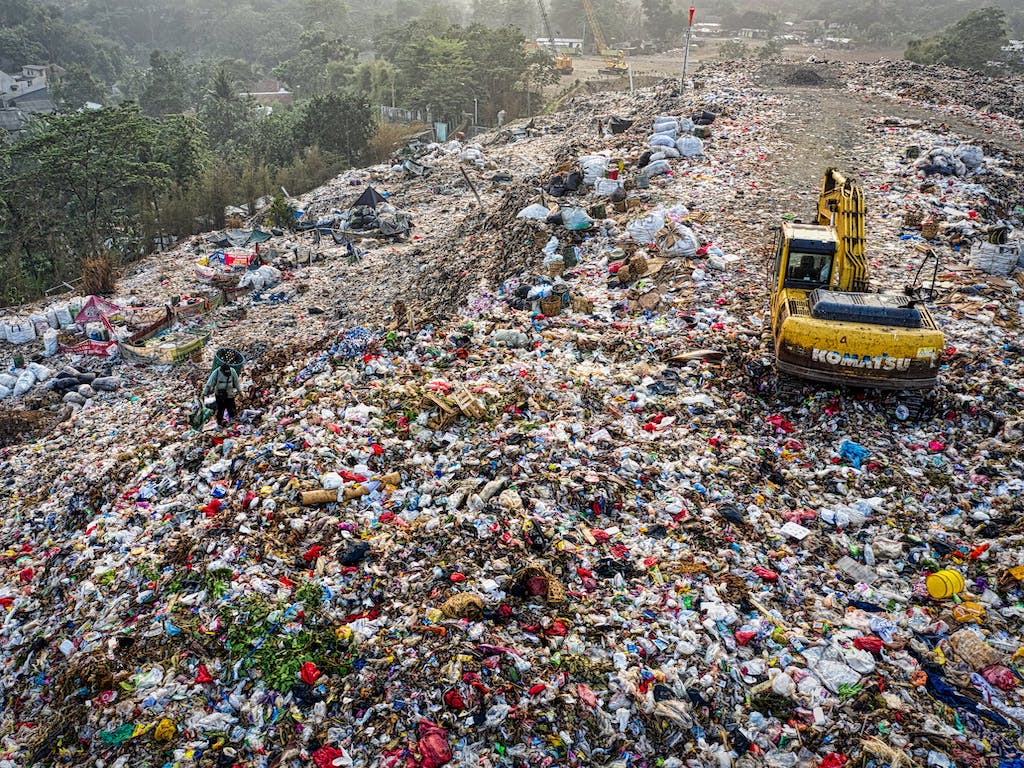3 Mins Read
A bacterium that breaks down toxic plastic as food, which in the process helps treat the plastic, has been found by scientists. The particular toxic plastic it feeds on is polyurethane, which is widely used in many industrial and commercial products, but rarely ends up being recycled and is instead landfilled. These findings could prove useful to help create a circular economy for these typically hard-to-recycle plastic materials and alleviate the global plastic pollution crisis.
The bacterium that scientists discovered at a waste site where plastic is landfilled is the first kind that is known to use polyurethane as food. Polyurethane is used to produce many products such as kitchen sponges, foam insulation in buildings, diapers and running shoes – and typically gets thrown away to landfills because it is considered too difficult to recycle.
Published in the journal Frontiers in Microbiology, the study identifies a new strain of bacteria within the family of Pseudomonas bacteria, a group known for its capacity to withstand high temperatures and acidic environments. When breaking down polyurethane, toxic and carcinogenic substances are released – these chemical substances tend to kill most types of bacteria, but the strain that scientists have found are able to survive such conditions, and can use these compounds as a source of nitrogen, carbon and energy.
“These findings represent an important step in being able to reuse hard-to-recycle polyurethane products,” said Hermann Heipieper, one of the researchers of the study, in conversation with the Guardian.

Indeed, if the bacterium can be harnessed in large-scale industrial uses to break down and recycle polyurethane, it could help alleviate one of the most difficult to solve problems in creating a circular economy for plastics – especially as the demand for polyurethane production keeps growing. Of the 300 million tonnes of plastic produced each year globally, industry estimates say that around 21 million tonnes will come from demand for polyurethanes by 2021.
The research team says that the next step is to identify the specific genes that code for the enzymes produced by the bacterium that has the ability to break down polyurethane.
While the findings create optimism about the future of recycling plastics, the scientists warn that the first line of defence against the plastic waste crisis and its harmful environmental, health and societal impacts is to reduce the use of plastics altogether. It could be years before the bacterium can be fully harnessed on an industrial scale.
“This certainly doesn’t mean that the work of microbiologists can lead to a complete solution. The main message should be to avoid plastic being released into the environment in the first place,” said Heipieper.

Indeed, the world is quickly running out of time to act on the plastic waste crisis that is already having hugely damaging impacts. When left behind in landfills and oceans, plastics do not degrade and break up into smaller particles known as microplastics, which carry toxins that contaminate soil and waterways, blocking the intestinal tracts of organisms when ingested. These persistent contaminants also travel through air and water, and have been found to accumulate in animal tissue – including that of humans.
While advanced economies tend to be the largest generators of plastic waste, developing countries in Southeast Asia have borne the brunt of the damage and have effectively been turned into dumping grounds for contaminated waste, particularly since China banned low-value plastic waste imports. Not only has plastic polluted the region’s environment, recent reports have documented how it has harmed communities too, such as tofu makers in Indonesia who are now burning plastic as fuel – a process that spews carcinogenic toxins into the air.
Lead image courtesy of Pexels.



